Crispy Ghevar Recipe | How To Make Rajasthani Ghewar at Home
Ghevar is a popular traditional Rajasthani dessert that is enjoyed during festivals and special occasions. It is known for its intricate design and rich taste.
When it comes to Indian desserts, the diversity and richness of flavors are truly remarkable. Among the myriad of sweets that grace our tables during festivals and celebrations, one stands out for its unique appearance and sumptuous taste – Ghevar. Hailing from the royal land of Rajasthan, Ghewar is a traditional dessert that has captured the hearts and taste buds of dessert enthusiasts across the country.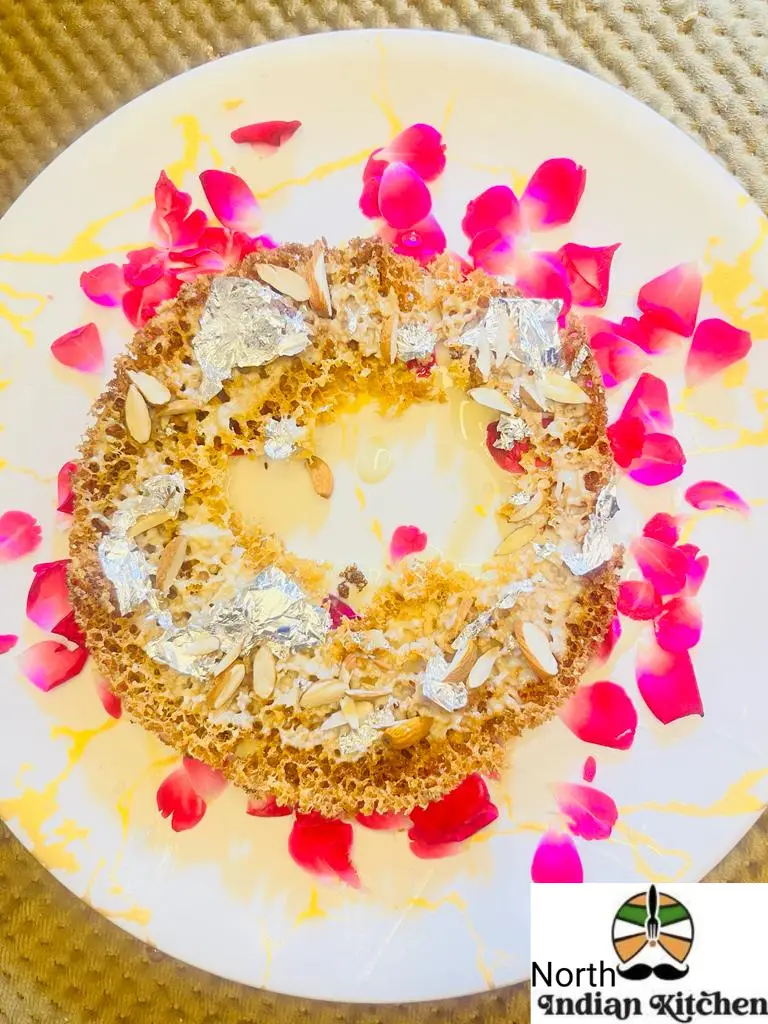
The Art of Making Ghevar
Ghevar might look like a complex dessert to create, but with the right technique and a pinch of patience, you can master the art of making this delectable treat. The key ingredients that constitute the heart of Ghevar are flour, ghee (clarified butter), and sugar syrup. Here’s a step-by-step guide to crafting your own Ghevar:
- Firstly, take a bowl and pour 4 tablespoons ghee in it.
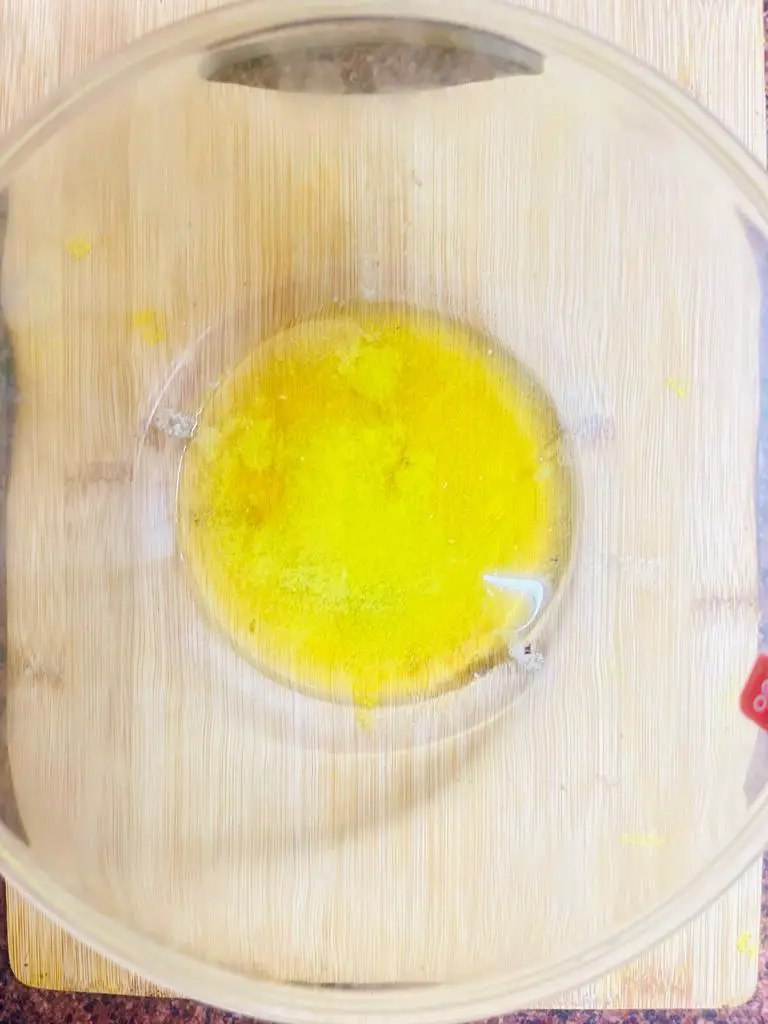
- Now add 5-6 ice cubes.
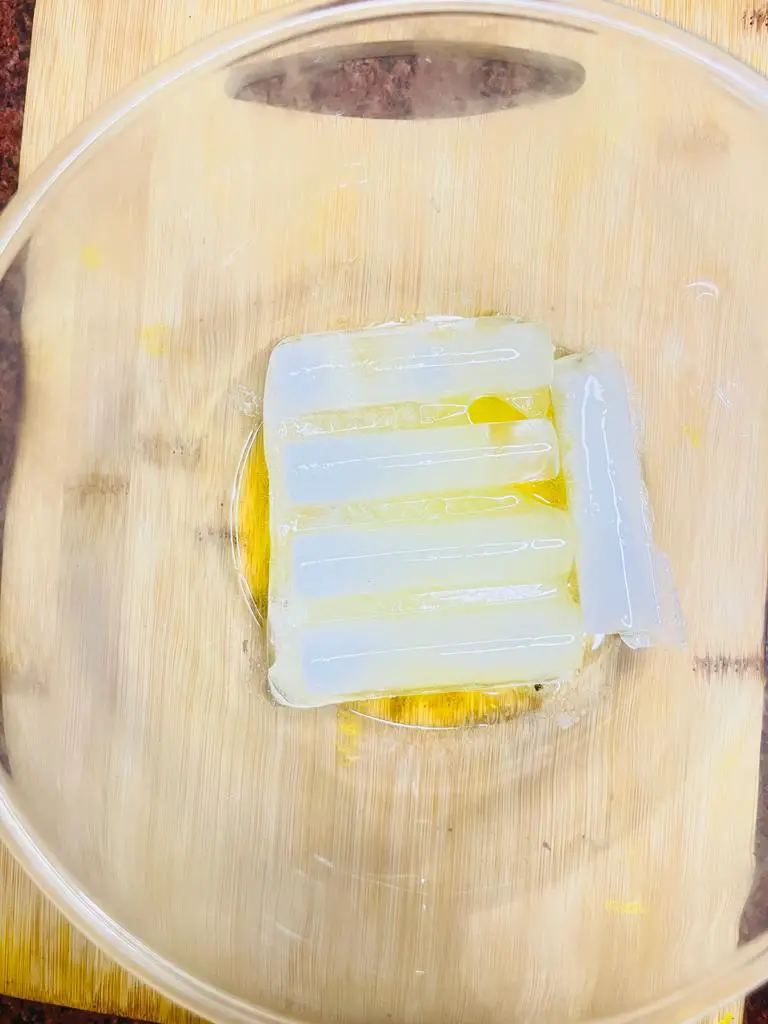
- Mix it well until ghee turns in a thick form. Then add 2 cups wheat flour and it will create crumbled.
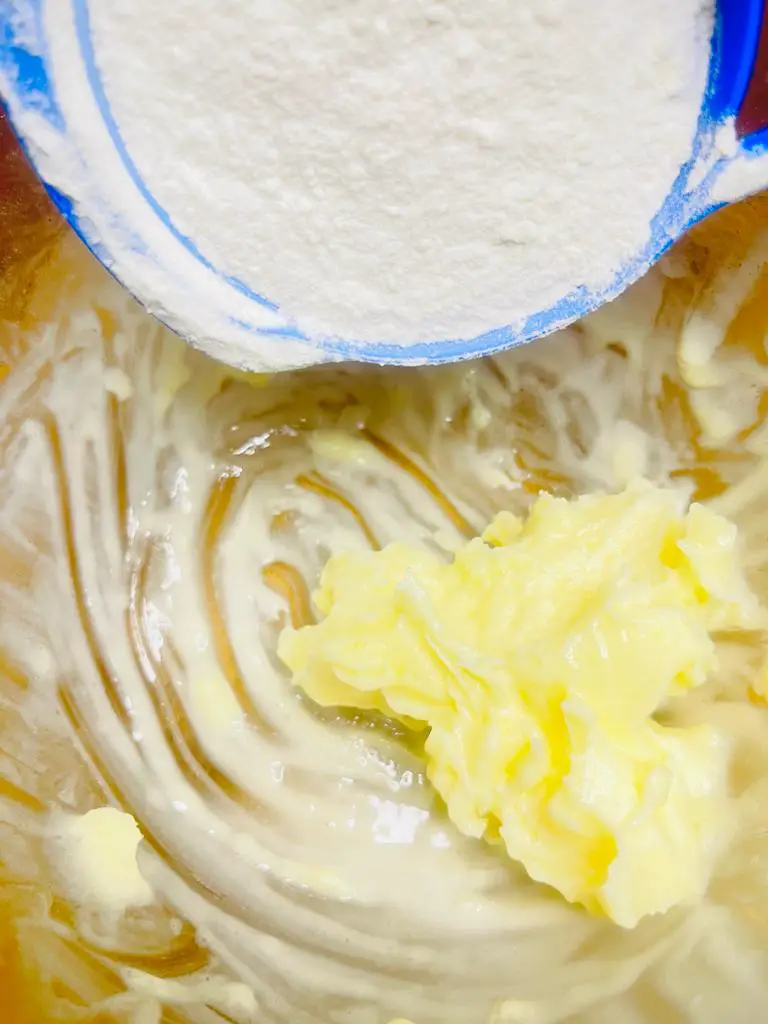
- Pour 1/2 cup chilled milk.
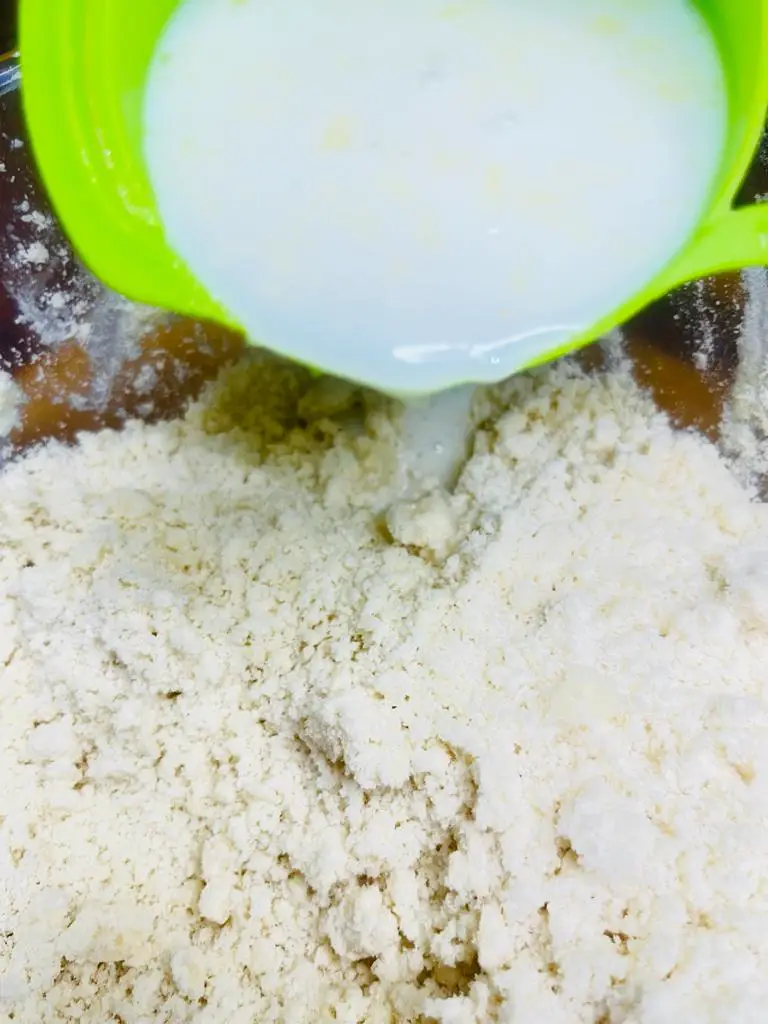
- Append 1 cup chilled water.
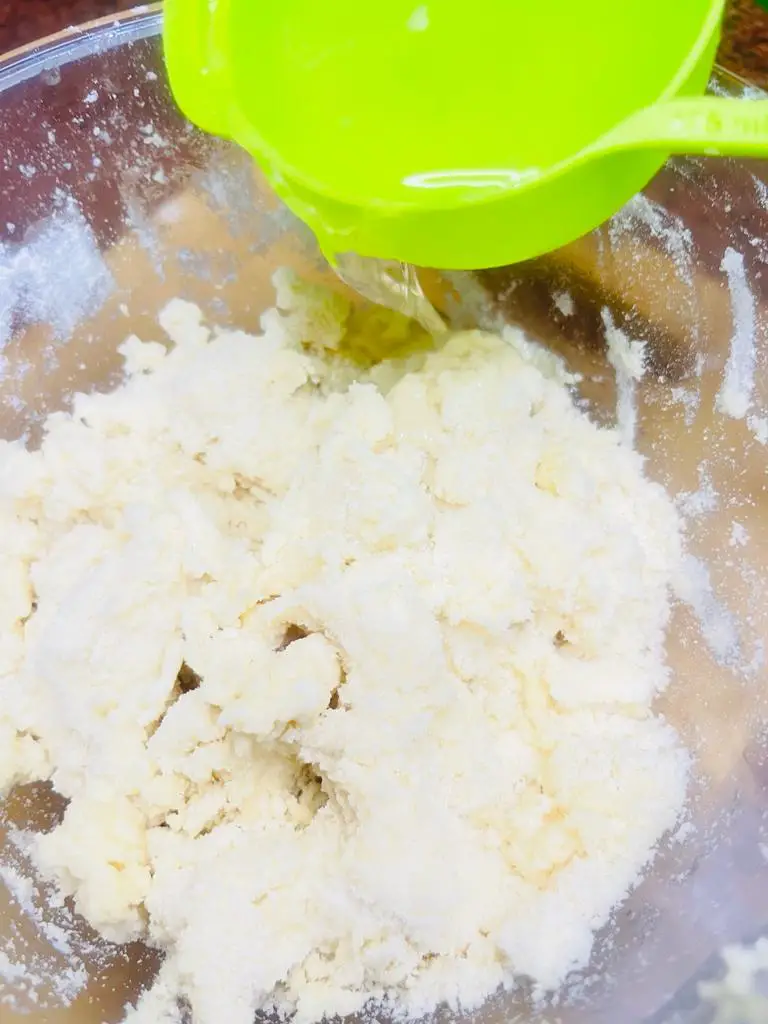
- Mix it well.

- Now while mixing add 1cup more chilled water.
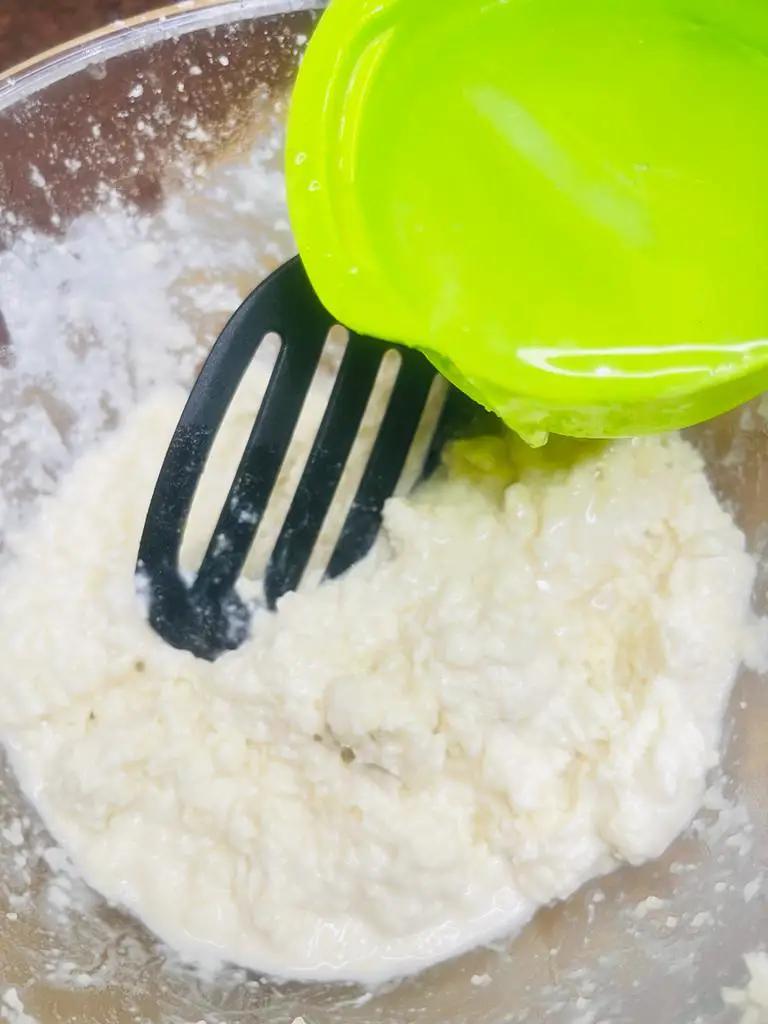
- Whisk it well until it becomes into a smooth paste.
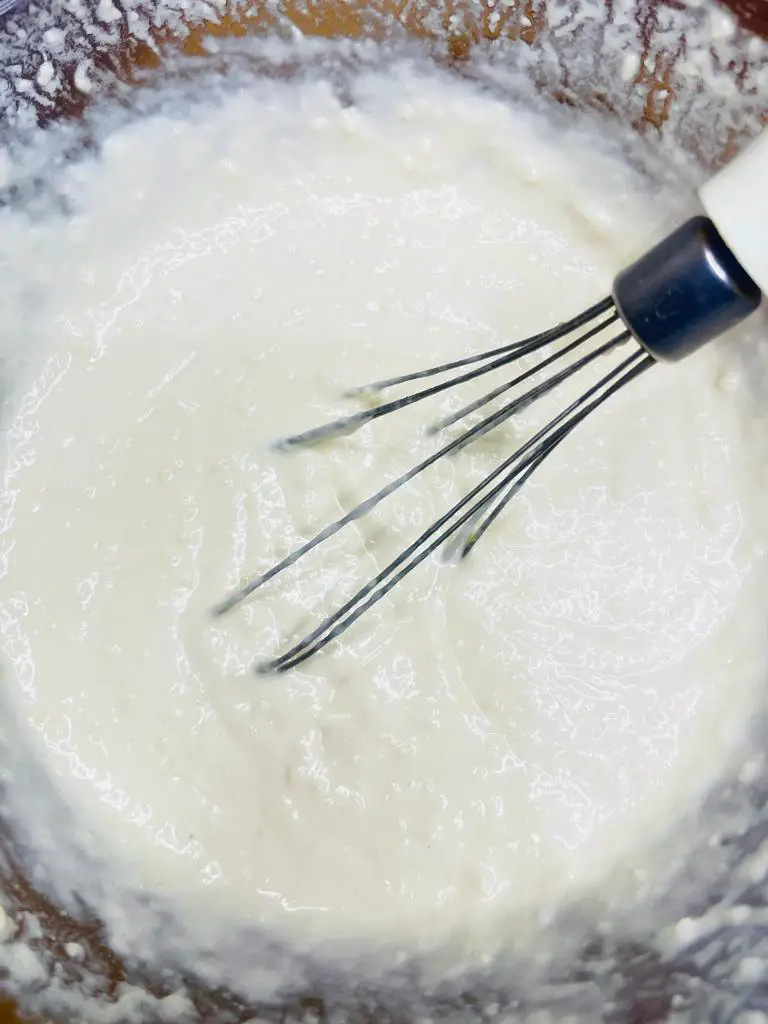
- Add 1 teaspoon lemon juice.
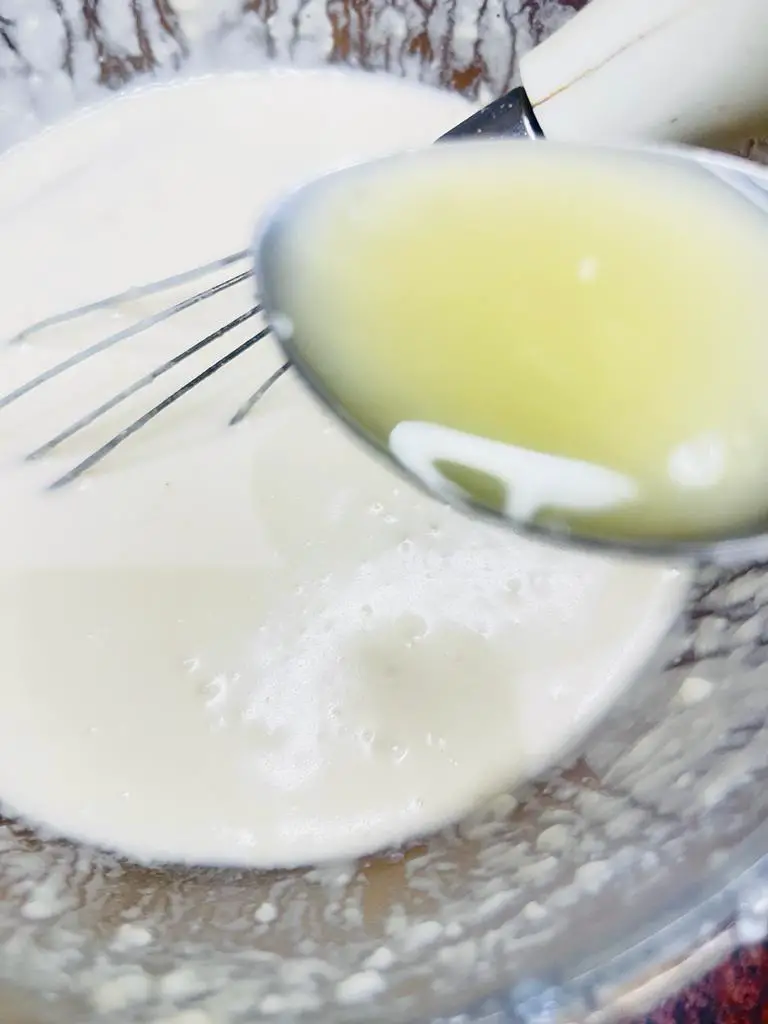
Make Ghevar
- 10. Now place a sauce pan, heat oil now carefully put 8-10 times the prepared batter in a sauce pan with the help of big serving spoon.
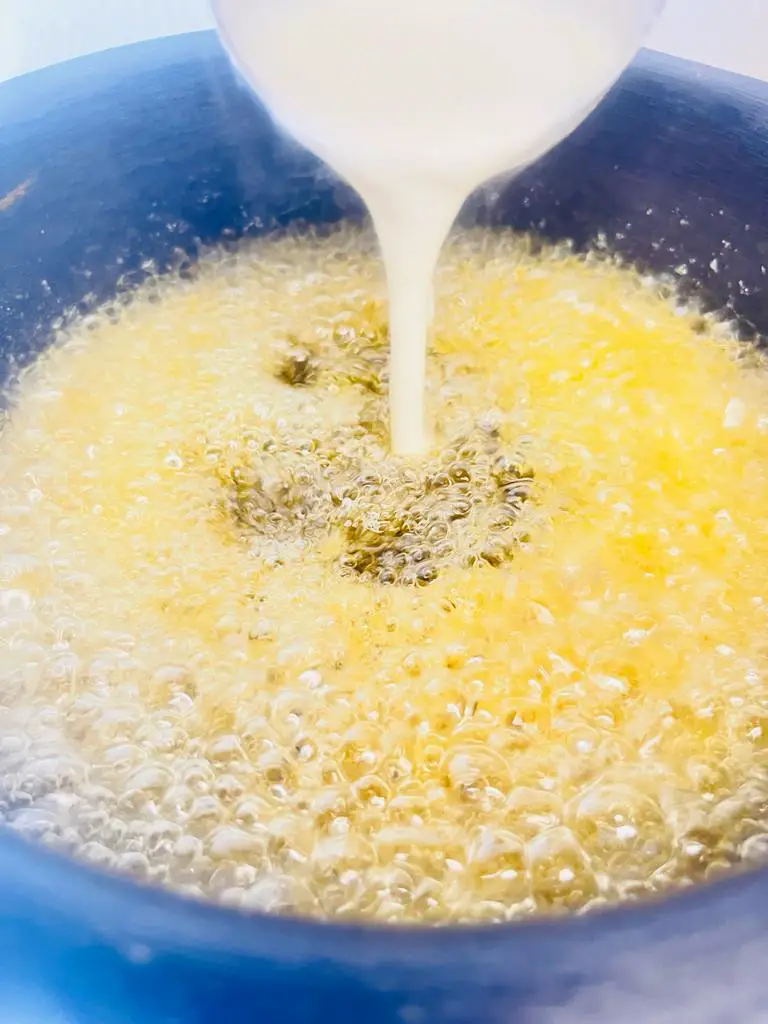
- Cook it until it gets separated from pan and it’s color become golden brown.
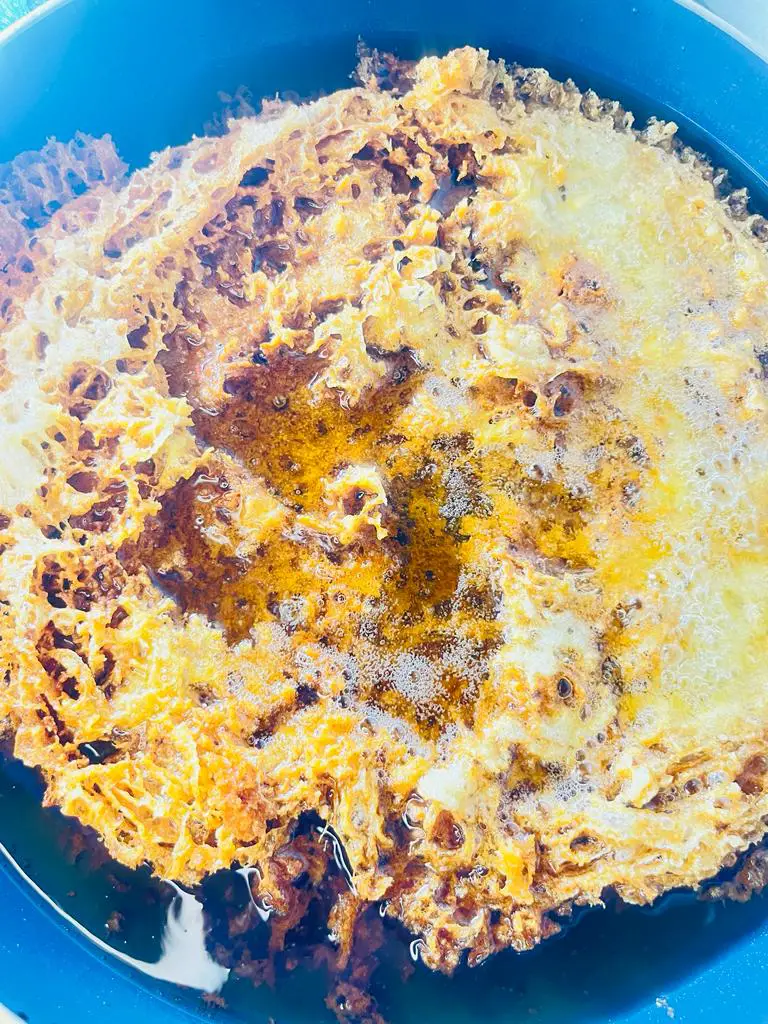
- Transfer the prepared ghevar to a plate.
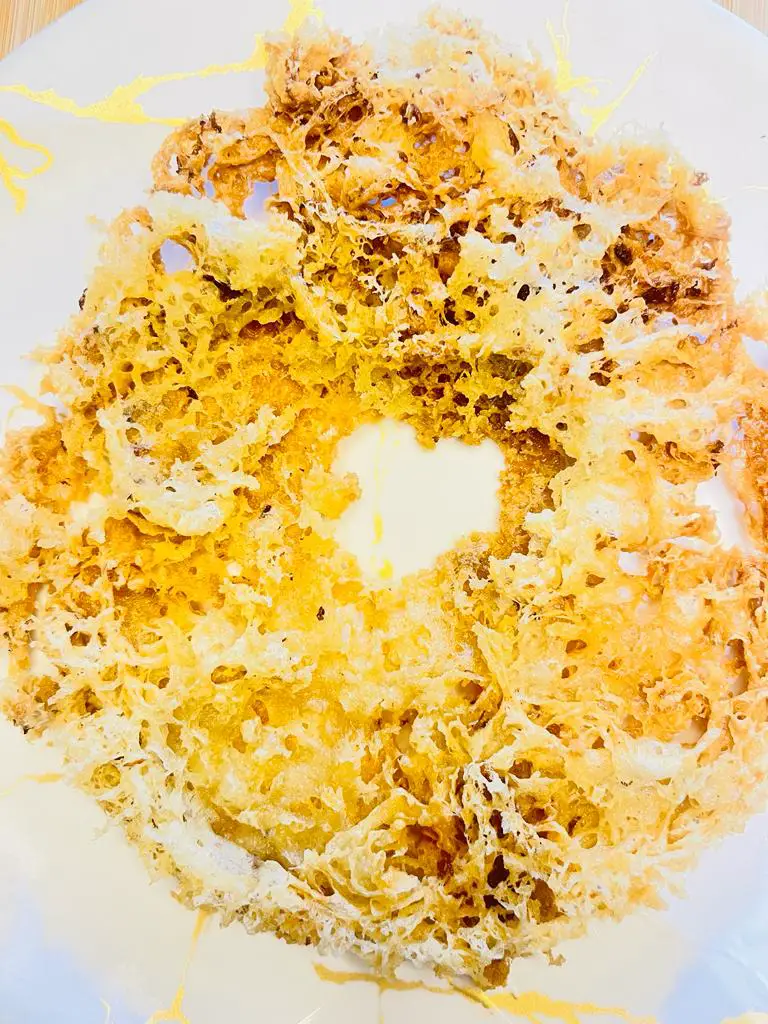
Prepare Sugary Water
- Meanwhile prepare sugary water and for that place a sauce pan on medium-high flame and add 1 cup sugar & 1/4 cup water in it. Cook it until one wired water forms.
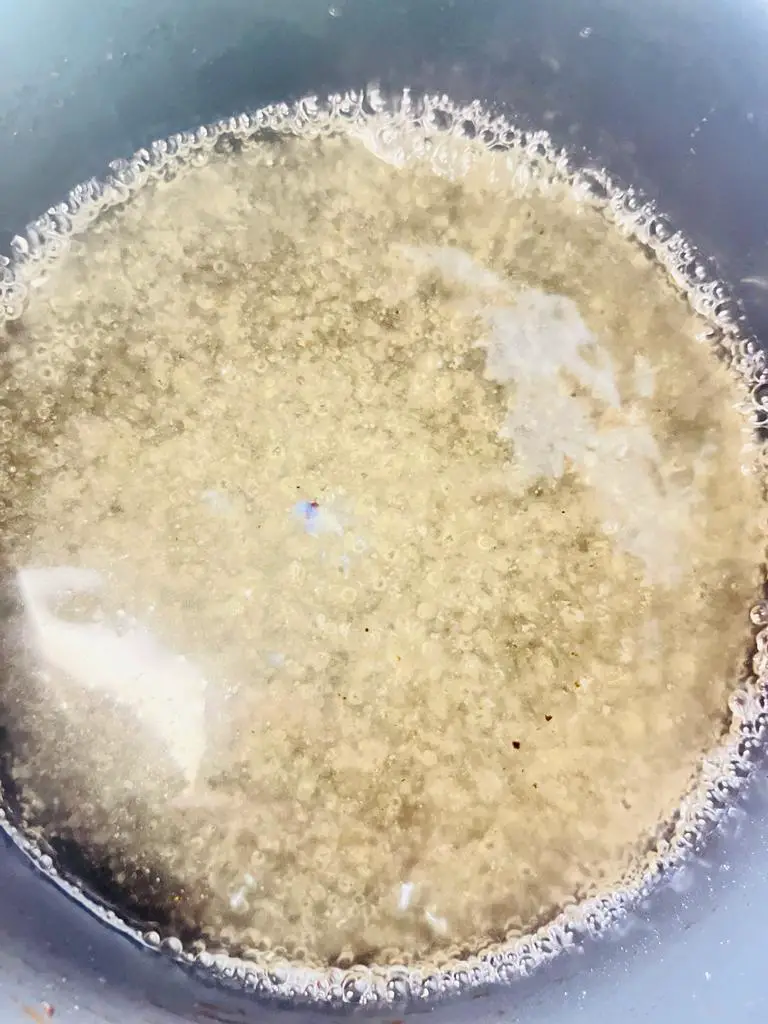
- Now pour the prepared sugary water on ghevar.
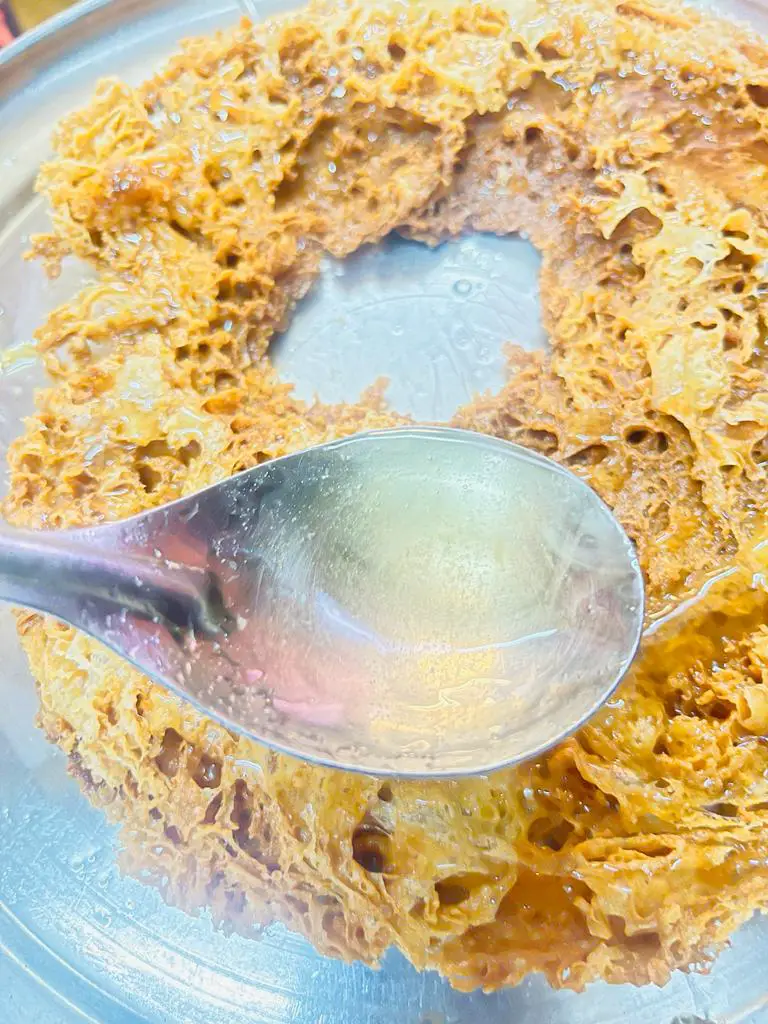
- Put homemade rabdi, garnish some almonds, pistachios & red flower petals. Place a thin piece of silver leaf. All these ingredients enhance the ghevar’s look as well as it’s taste also.
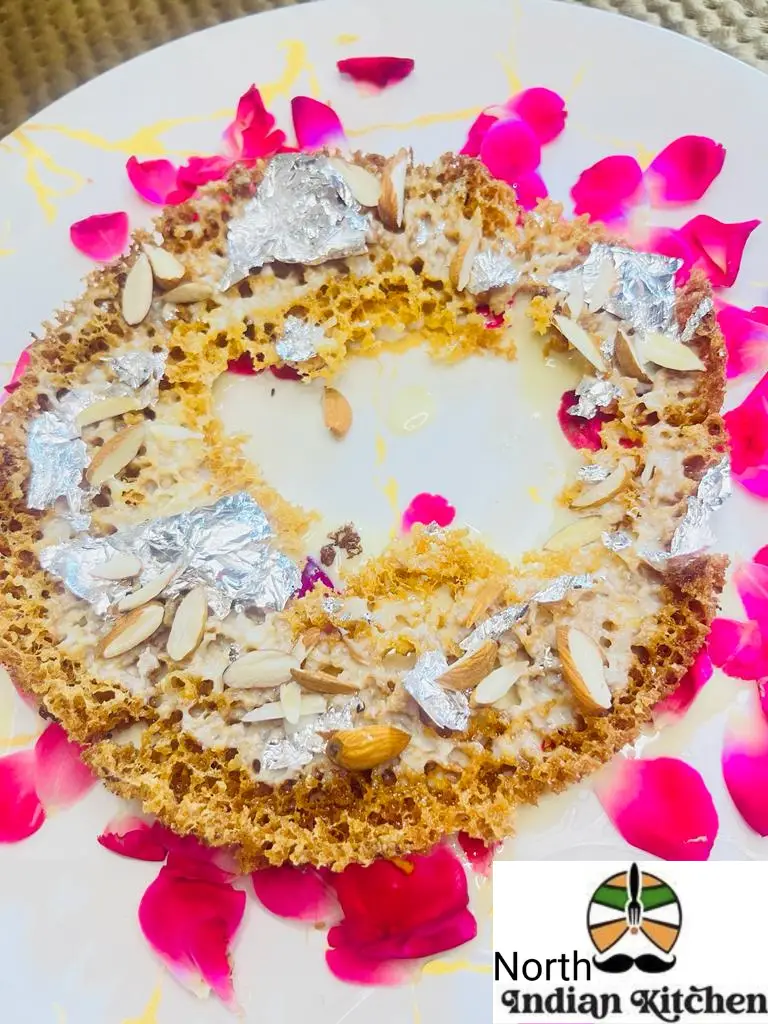
Allow the ghevar to cool and set before serving. The end result should be a crispy, syrup-soaked dessert with a stunning latticed appearance.
Expert Tips
Ghee Temperature Matters: The temperature of the ghee plays a crucial role in achieving the right texture of the ghevar. Make sure the ghee is hot enough before pouring the batter, but not smoking. A good indicator is when a tiny drop of batter dropped into the ghee sizzles and rises to the surface immediately.
Batter Consistency: Achieving the right batter consistency is key. The batter should be thicker than pancake batter but not too thick. It should flow off the ladle in a continuous stream but not be too runny. Adjust the consistency with ice-cold water gradually.
Skewer Technique: The wooden skewer technique used to create the hole in the center of the ghevar is crucial for the even cooking and texture. Gently rotate the skewer in a circular motion to create the hole without disturbing the batter too much.
Pan Choice: Use a heavy-bottomed, wide pan to ensure even distribution of heat. A wider pan provides ample space for the ghevar to expand and develop its characteristic shape.
Control the Heat: Maintain a consistent heat throughout the cooking process. Too much heat can result in uneven browning and undercooked centers, while too little heat can lead to oily ghevar. Adjust the flame as needed.
Syrup Soaking: The sugar syrup should be warm when you dip the ghevar into it. This ensures that the syrup is absorbed evenly, resulting in a moist and sweet dessert. Allow the ghevar to soak in the syrup for a few moments, then gently lift it out and let excess syrup drain.
Layering and Garnishing: If you’re planning to layer your ghevar with malai, rabri, or mava, make sure to do so right before serving to maintain the textures and flavors. Similarly, garnish with dry fruits just after dipping in syrup so they adhere well.
Cooling and Setting: Allow the ghevar to cool and set before handling or serving. This helps the syrup to be absorbed fully and the flavors to meld. A well-set ghevar maintains its crispiness on the outside while being soft and flavorful inside.
FAQs
Q. What is Ghevar?
A. Ghevar is a traditional Rajasthani dessert made from a batter of all-purpose flour, ghee, and ice-cold water. It is deep-fried in ghee to create a crispy and porous texture. The fried ghevar is then soaked in sugar syrup and often garnished with dry fruits.
Q. What does Ghevar taste like?
A. Ghevar has a unique combination of textures and flavors. The outer layer is crispy and porous, while the inner layers are soft and soaked in sugar syrup. The dessert is sweet, but the degree of sweetness can vary based on personal preferences and the amount of syrup absorbed.
Q. Can I make Ghevar without ghee?
A. Ghee is a crucial ingredient in Ghevar as it contributes to the texture and flavor of the dessert. However, if you have dietary restrictions or preferences, you can try using a combination of vegetable oil and butter to achieve a similar texture.
Q. Is Ghevar difficult to make at home?
A. Ghevar requires some practice to get the technique right, especially creating the latticed structure. The temperature of the ghee, consistency of the batter, and soaking in sugar syrup all require attention. While it might be a bit challenging for beginners, with patience and practice, it can be mastered.
Q. Can I store Ghevar for later consumption?
A. Ghevar is best enjoyed fresh, as its texture might change over time due to the sugar syrup. If you need to store it, keep it in an airtight container in a cool and dry place. Avoid refrigeration, as it can make the ghevar lose its crispiness.
Q. Can I customize the toppings and flavors of Ghevar?
A. Absolutely! Ghevar can be customized to your liking. You can experiment with various toppings like malai (clotted cream), rabri (condensed milk), mava (khoya), and different types of nuts. These variations add unique flavors and textures to the dessert.
Q. Is Ghevar served on specific occasions?
A. Ghevar is a popular dessert during festivals and special occasions in Rajasthan, such as Teej, Raksha Bandhan, and Diwali. It’s also enjoyed during weddings and other celebrations. However, there’s no strict rule – you can relish Ghevar whenever you’re in the mood for a sweet treat!
Q. Can I make a mini version of Ghevar?
A. Certainly! Mini Ghevar is a creative twist that’s perfect for individual servings. You can adjust the size by using smaller molds and reducing the frying time accordingly. Mini Ghevar is great for parties and gatherings.
Enjoyed this recipe? Then Try our Other Dessert Recipes
Please be sure to rate this recipe or leave a comment below if you have made it. For more vegetarian & non – vegetarian inspirations, Sign Up for my emails or follow me on Instagram, Youtube, Facebook, Pinterest or Twitter.
Ghevar Recipe Card
Equipments
Ingredients
For Smooth Batter
- 4 tablespoons Ghee
- 5-6 Ice cubes
- 2 cups Wheat Flour
- ½ cup Chilled Milk
- 2 cup Chilled Water
- 1 teaspoon Lemon juice
For Sugary Water
- 1 cup Sugar
- ¼ cup Water
For Garnishing
- 3 tablespoon Rabdi
- 6-7 Almonds (chopped)
- 3-4 Pistachios (chopped)
- 15-20 Red Flower petals
- 4"*4" Thin Silver Leaf
Instructions
- Firstly, take a bowl and pour 4 tablespoons ghee in it.2. Now add 5-6 ice cubes.3. Mix it well until ghee turns in a thick form. Then add 2cups wheat flour and it will create crumbled.4. Pour 1/2 cup chilled milk.5. Append 1 cup chilled water.6. Mix it well.7. Now while mixing add 1cup more chilled water.8. Whisk it well until it becomes into a smooth paste.9. Add 1 teaspoon lemon juice.Make Ghevar10. Now place a sauce pan, heat oil & carefully put 8-10 times the prepared batter in a saucepan with the help of big serving spoon.11. Cook it until it gets separated from pan and it's color become golden brown.12. Transfer the prepared ghevar to a plate.Prepare Sugary Water 13. Meanwhile prepare sugary water and for that place a saucepan on medium-high flame and add 1 cup sugar & 1/4 cup water in it. Cook it until one wired water forms.14. Now pour the prepared sugary water on ghevar.15. Put homemade rabdi, garnish some almonds, pistachios &red flower petals. Place a thin piece of silver leaf. All these ingredients enhance the ghevar's look as well as it's taste also.Your Perfect Ghevar is Ready
Video
Notes
- You can add dry fruit as per licking.
- Make water syrup in one wired only. It will create a good layer on ghevar.
- The batter should be super smooth and with no lumps. Otherwise it will create difficulty in ghevar formation.
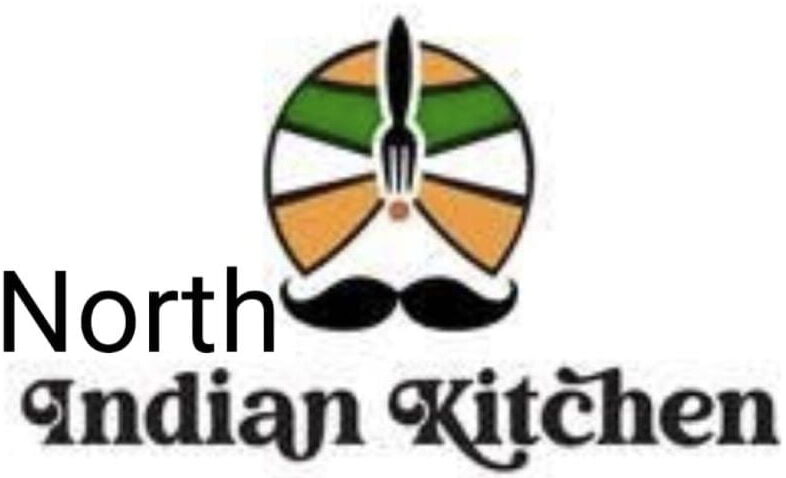
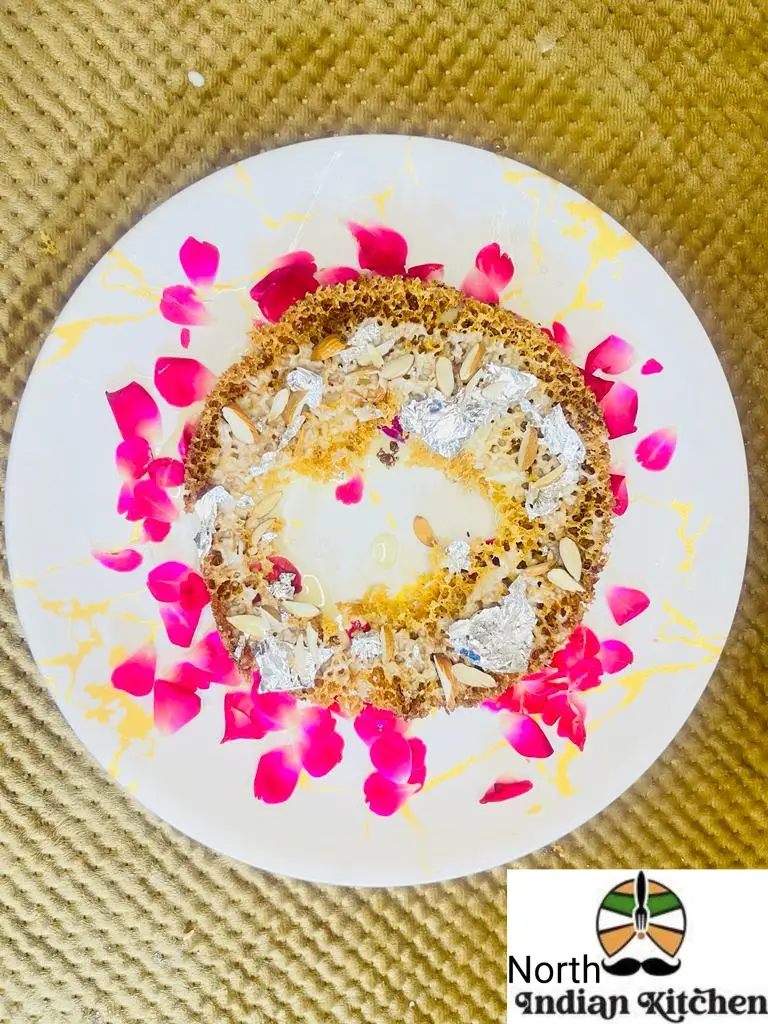
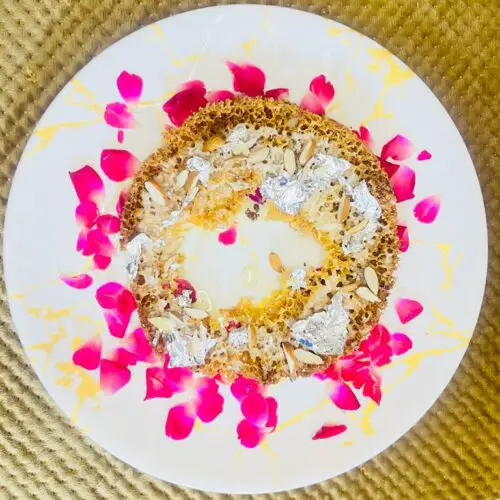

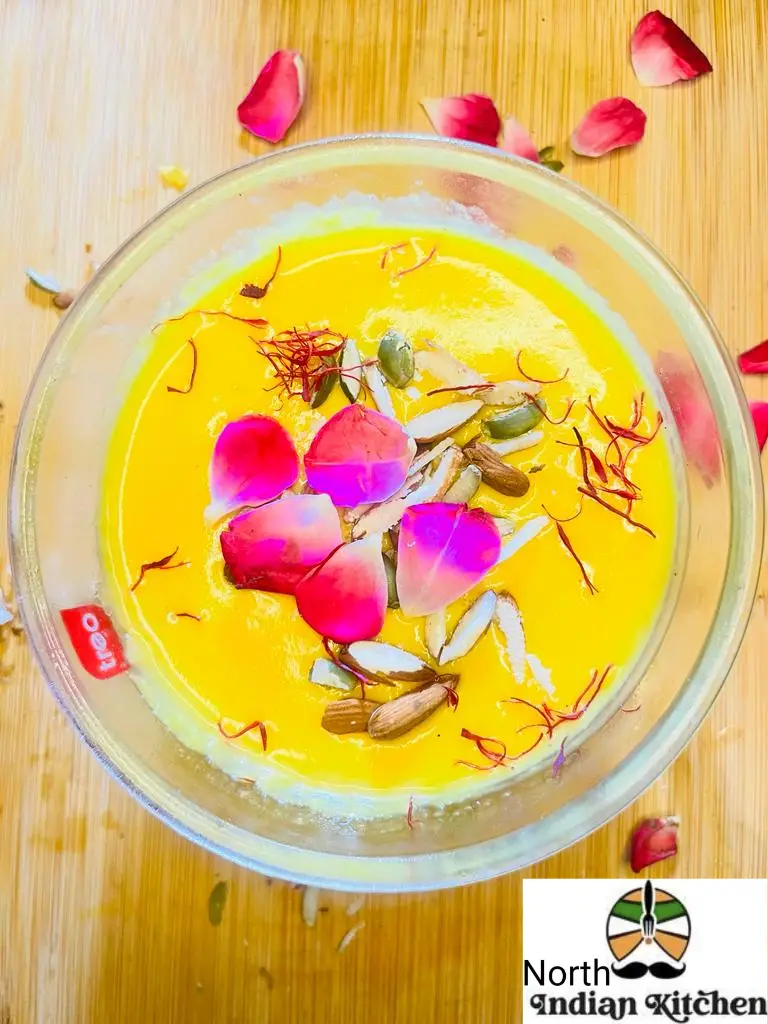
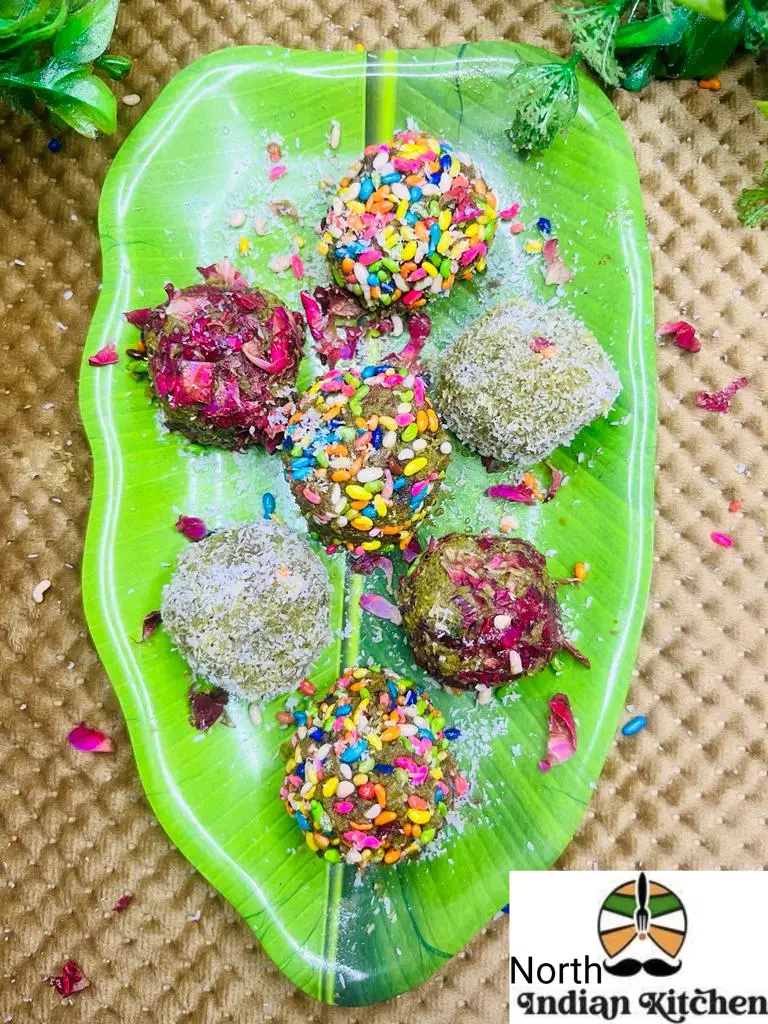

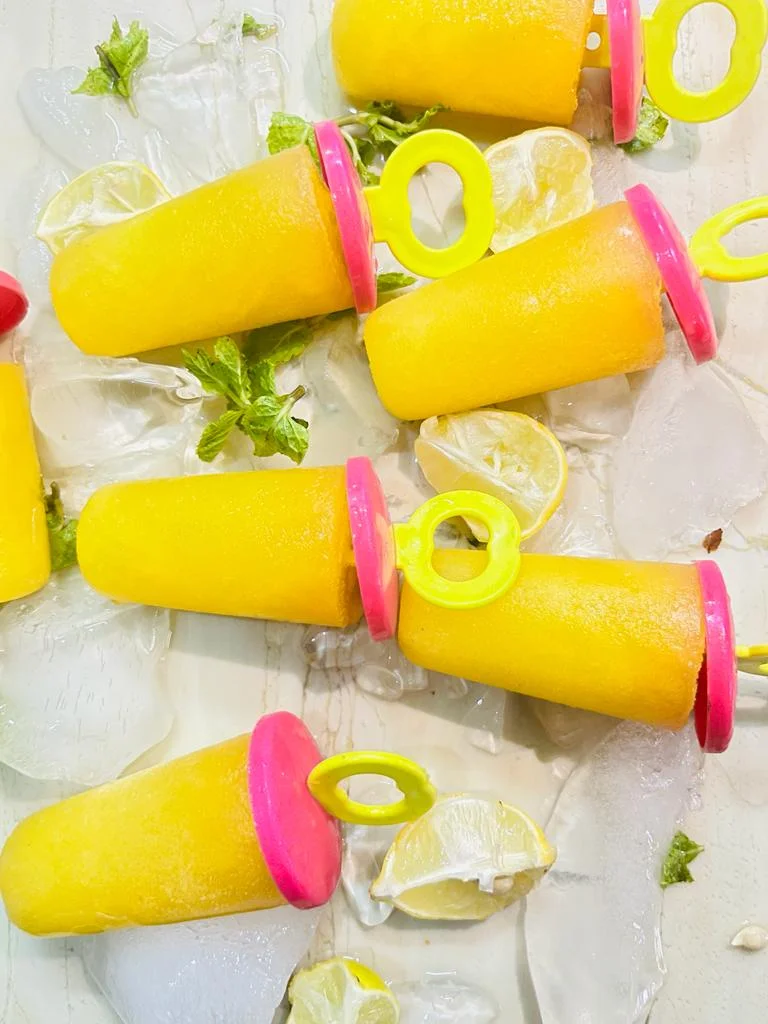
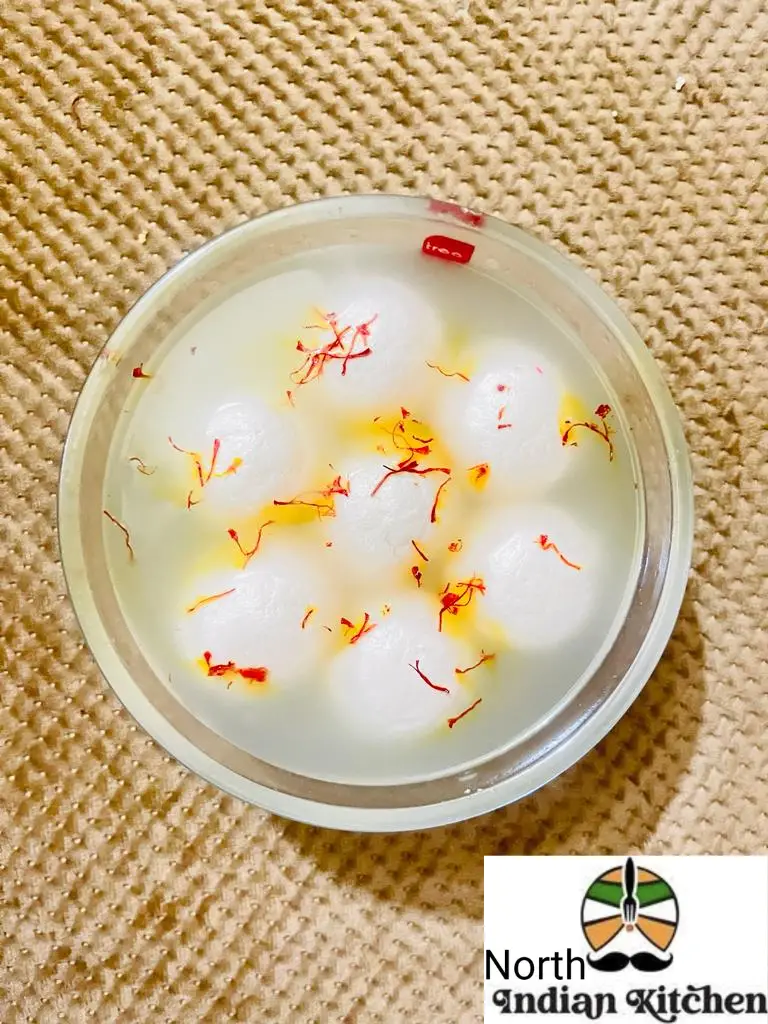
Yummy and easy recipe.
Thanks for your feedback. We are very glad that you like our recipes.
Tasty and traditional recipe. Thanks North Indian Kitchen
Thanks for your feedback. We are very glad that you like our recipes.